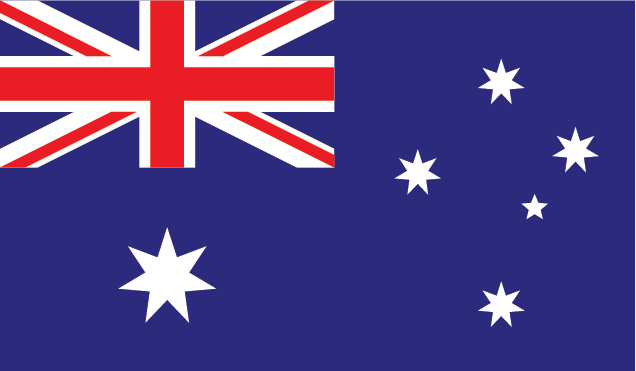Aside from the distraction of all the recent exciting deliveries, a multitude of work carries on in the background. In the engineering office, work is currently focused on the design and drafting of the brake rigging. The brake components on the engine units (above, in cyan) remain largely the same, aside from the cross beams which are of course 6 inches wider.
The boiler cradle is a different matter. The vacuum brake cylinders and all the associated components have been removed, and a new air brake system has been designed (below). A new cross member supports 3 brake shafts, one for each air brake cylinder and one actuated by the handbrake shaft. Two new main reservoirs have been manufactured, and design is complete for two auxiliary reservoirs to be fabricated.
The boiler cradle is a different matter. The vacuum brake cylinders and all the associated components have been removed, and a new air brake system has been designed (below). A new cross member supports 3 brake shafts, one for each air brake cylinder and one actuated by the handbrake shaft. Two new main reservoirs have been manufactured, and design is complete for two auxiliary reservoirs to be fabricated.
Out in the workshop, ongoing tasks involve repairing or remaking various items, including the smokebox mounting brackets, boiler expansion brackets, and various sections of footplate. The work is currently being carried out by a mixture of volunteers and workshop staff, and we are always happy to see more volunteers join us on Wednesday nights and the first & third Saturdays of each month.
Above, final riveting of one of the boiler cradle stretchers into place. Note the gas torch and hearth for heating the rivets before they are pushed into the holes with tongs and riveted over.
Below, the rear tie bar bracket has been attached following the machining of the fitted bolts. The tie bars and nuts have been manufactured, ready for installation at the next workshop day.
Before we can fit the driving wheel sets, we have to final machine the axlebox wedges and slippers, which involves trial fitting and lots of accurate measurements to ensure everything is in line and the correct clearances have been achieved (above). The machining on the axleboxes themselves is largely finished; the Vesconite (a form of hard wearing plastic) liners for the hub faces have been manufactured, along with the special countersunk screws to secure them in place.
A large number of the suspension components were found to be worn beyond economic repair, but with modern profile cutting and CNC machining capabilities, it was cheap and easy to machine many new parts quickly, some of which can be seen here. Finished links with bushes pressed in (above) and below, complete links awaiting painting. The following photograph shows some of the new hardened pins which we have manufactured; note the drillings for grease lubrication, and, on the pin heads, the drawing number engraved for future reference by the CNC milling machine.
Away from the engine units, some of our volunteers have been quietly getting on with other tasks. Our volunteer from the the USA, Linc, painstakingly stripped and cleaned the steam turret and all the associated valves during his last visit, followed by crack testing. Note the green card attached to the end, recording that it passed.





